In the midst of the Covid-19 pandemic, a minister was talking with Eric Carreel, the founder and president of Withings. It was the starting point for a project that would lead to the BeamO five years later.
Both agreed that the French company, which had become independent again after leaving Nokia in 2018, needed to launch a new, modern connected health device. In other words, an all-in-one device capable of monitoring the temperature, heart, and lungs of those confined who could no longer go to their doctor.
Summary
The project was born at a time when Withings wanted to go further than its smartwatches and scales. To expand its model, and not rely solely on the argument of being French-French, the brand aimed to offer products at the crossroads between professional uses and the needs of individuals.
A few months before imagining BeamO, Withings unveiled a new blood pressure monitor, the BPM Core, at CES 2019. With this tool, the brand tackled the problems of hypertension, which is particularly widespread and increases the risk of valvulopathy, leading to heart failure and the need for surgery.
Like it, the BeamO was designed as a "multiscan" (or "multiscope"), integrating several sensors to respond to different tasks. Instead of a blood pressure monitor, there's a thermometer, alongside a stethoscope, an electrocardiogram, and a blood oxygenation sensor (SpO2).
To better understand the tool, we were able to conduct our test of the Withings BeamO over several weeks, and speak with Livia Robic, project manager, who was able to supervise the development of the latter from its genesis to its commercialization in April 2025. An essential intervention in our test, to better understand the tool which is not only aimed at individuals.
What is the Withings BeamO for?
In a small object measuring 13 centimeters long, 3.7 centimeters wide, and 1.9 centimeters thick, Withings' new multiscan includes four tools. The BeamO weighs 80 grams, has a 1.9-inch LCD screen, and a battery that lasts for 80 days after a one-hour charge.
Among the tools, we find a 2nd generation HotSpot optical temperature sensor, two electrodes for performing an electrocardiogram, a piezoelectric sensor, and a multi-wavelength PPG sensor, allowing for both pulse and blood oxygen level monitoring. There is also a force sensor, placed under the electrodes.
Temperature
To measure temperature, the Withings has an optical sensor that avoids contact with the skin. Aim for the middle of the forehead, moving towards the temple to get a good measurement. This is where the temporal artery is located, a superficial blood vessel that represents the body's core temperature. This is the area where the body temperature is highest.
The measurement only takes three seconds. Its ease of use makes it possible to reproduce the procedure to avoid any errors. Each measurement is then automatically synchronized in the Withings app thanks to a Wi-Fi and low-energy Bluetooth connection. The date and time are entered for each one.
Withings certifies its temperature sensor as medical-grade, which allows it to offer an alert and indicate a fever in the event of an increase in body temperature. On other temperature tracking tools, such as the brand's smartwatches, it is only possible to find temperature variations and no specific alert in the event of a fever.
According to our tests, the temperature measurements are consistent with reality, although two or three measurements will always be necessary to smooth out the results. An important detail is that you will need to keep a small centimeter between the BeamO and the skin so that the measurement is as accurate as possible.
Heart
Measuring cardiac activity generally involves an electrocardiogram, which analyzes the electrical activity of the organ. Also called ECGs, these medical devices are becoming increasingly popular in smartwatches, but they do not all have the same utility, and are far from being as advanced as a professional device.
The electrocardiogram that can be performed with the Withings BeamO seeks to detect atrial fibrillation by measuring sinus rhythm. On some sports watches, the electrical sensor measuring cardiac activity does not seek to prevent any problems, but rather to more precisely measure HRV, in other words, heart rate variability (measured at night in particular).
Even if the ECG of the Withings BeamO is aimed at medical monitoring, it is nonetheless limited. Like other consumer devices, this is a single-lead ECG, which does not allow for a complete diagnosis of the heart.
The reason is simple: to measure the organ's activity, the BeamO uses two electrodes, on which you place your index finger of your left and right hands. Thus, the measurement of the frequency, rhythm, and shape of the waves only comes from these two points, a partial view of the heart, while it is a 3D organ that must be measured from several angles to prevent any form of anomaly.
The Withings BeamO's ECG remains, however, a very good, proactive monitoring device that allows you to get an initial idea and alert emergency services if necessary, to perform a complete ECG. It should be noted that the ECG is more practical to take with the BeamO than with a watch, because you only need to place your two fingers. Child's play (ideal for children).
Thanks to the Withings app, it allows exporting in PDF format or via a link. A measurement only takes 30 seconds and can be coupled with a blood oxygen level measurement at the same time.
Heart activity can also be monitored using an electronic stethoscope integrated into the Withings BeamO. The sound amplifier, which allows recordings to be made and then sent to a doctor, can be made with headphones to have a real-time rendering of the sound being recorded.
To make better audio recordings of heart activity with a stethoscope, it is recommended to stop breathing during the measurement and to take it shirtless. It is also recommended to be indoors, in a quiet space to minimize background noise. According to our tests, you need to be rigorous to record quality measurements, where cardiac activity is clearly perceptible.
Lungs
To monitor the proper functioning of the lungs, BeamO suggests focusing on the blood oxygenation rate. It is another key measurement, increasingly visible in smartwatches, often presented by the mention "SpO2" (pulse oxygen saturation).
The pulse oximeter of the Withings BeamO takes the form of a photoplethysmography sensor which measures the way in which light rays are through the blood vessels. This is how Withings estimates the percentage of oxygenated hemoglobin in the bloodstream.
In concrete terms, we place our right hand finger on the right electrode of the ECG, where there is also a diode for the SpO2. The measurement can be done individually or at the same time as the ECG. As a reminder, if the result is greater than 95%, it is considered good.
Usually, during a visit to the doctor or to a hospital, the blood oxygen level is measured using a small accessory that is clipped onto the finger. We therefore understand the importance of this measurement as it is systematic in the context of a medical visit, and allows for an early warning in the event of a respiratory or cardiovascular problem.
As with the heart, the Withings BeamO stethoscope also allows the sound of the lungs during breathing to be recorded. It is possible to take measurements on the torso, but also on the back, similar to what doctors do during their inspections. So, as with them, you'll have to breathe deeply for better measurements.
Who is the Withings BeamO for?
The BeamO for individuals
Given its design, the BeamO is clearly aimed at individuals, in a format that can be taken anywhere. "We worked with our partner Elium, who helps us a lot with the design of our products, to make them pleasant to use and attractive," Livia Robic, in charge of the BeamO project, told us.
If it arrived on the market more than a year after its presentation at CES 2024, it's because it still had to receive regulatory certifications. "The BeamO was released in April 2025 in Europe and we should be able to launch it in the United States this summer after obtaining regulatory certification with the FDA," the manager added.
The target customers are primarily parents with young children, especially those worried about bronchiolitis, a benign illness, but particularly impressive due to its symptoms (cough, rapid breathing and wheezing). Elderly people are also concerned so that their children can monitor their health remotely and be proactive about their health.
In addition to informing customers directly from the screen or on the application, the advantage of BeamO is that it can transmit the analyses to a healthcare professional. How? By exporting the data via PDF or generating a link. Livia Robic took Doctolib as an example: "We can send our measurements to them in the Doctolib chatbox or any other teleconsultation platform.".
In addition to focusing on young children and the elderly, the BeamO is designed to be used individually by family members, if necessary, with up to 8 user accounts available and selectable when turning on the product. The measurements will then be synchronized on the application for the right person.
A visitor mode is also available for quick measurements, without synchronization. Where the BeamO's interest will be more limited is for purely individual use. "It's true that the sensors overlap when you compare the BeamO to a watch," the project manager acknowledged. Particularly if you are young and in good health, where it will be preferable to opt for more passive monitoring such as with a watch, a ring or a scale.
The BeamO for professionals
One aspect of the BeamO's still-unclear future concerns the professional environment. In addition to its commercial activity for the general public, Withings has a business called Withings Health Solutions. "The teams are dedicated to working on partnerships with hospitals, insurance companies, etc.", Livia Robic informed us before specifying that "for BeamO, we have a dedicated BeamO Pro vertical.".
The difference between the Multiscan for individuals and that of professionals does not concern the sensors or the accuracy of the measurements, but the connectivity. "It's the same product except that it has a cellular network and not just Wi-Fi and Bluetooth. This means we can pre-pair the BeamO to a patient before providing them with the tool," the manager explained.
Withings has not yet made any announcements regarding the professional use cases of the BeamO. Livia Robic nevertheless presented us with three avenues of exploration. The first concerns home nurses. "With BeamO, they could perform simpler and faster checkups," she explained.
The second avenue is to directly lend a BeamO to post-operative patients to relieve hospitals. "We could equip patients who no longer need to stay in hospital beds, but for whom health monitoring is important in the weeks or months following their operation."
Finally, the third possibility concerns the integration of BeamO into pharmacies. Livia Robic was keen to point out that discussions were still at a preliminary stage, but that Withings would be very interested, "whether to sell the BeamO or integrate it into teleconsultation booths". In France, more than 2,700 pharmacies allow remote consultations with a doctor, via a screen.
The limits and future developments of BeamO
Withings+
BeamO therefore seeks to be both a self-sufficient tool for providing information on health status and a tool for teleconsultation. To make its use even more comprehensive, Withings has launched a service called Cardio Checkup, allowing users to send their ECG measurements to a cardiologist directly from the application. The brand promoted it at the time of the BeamO launch, even if it meant playing with words.
Indeed, it was announced that the service would be accessible to all BeamO customers, until we learned that it was indeed part of a premium service, accessible only by subscription, called Withings+. For new customers, BeamO can offer 3 months of free subscription, but on the condition that they continue to subscribe to the subscription, whether by monthly payment (9.95 euros) or annual payment (99.5 euros). Remember that the BeamO already costs 249.95 euros.
Stethoscope
Whether it's ECG, SpO2, or temperature, nothing compares to the stethoscope in terms of innovation on the new Withings BeamO. Even though it already partially integrated the BPM Core, this is the first time that customers of the French brand can play apprentice doctors and monitor heart and lung activity from the chest or back.
And the result is a bit limited. In good conditions, we can get close to an acceptable audio recording of the heart, but recording the lungs will be more complicated and will require careful attention and the avoidance of even the slightest parasitic noise.
"That's a bit of a challenge we've set ourselves with BeamO, by adding this sensor to the hands of all users," Livia Robic acknowledged before adding that "to better take measurements, we offer tutorials directly from the app, and we indicate on the BeamO screen where to place the sensor."
The BeamO project manager defended herself by clearly stating that the stethoscope tool had indeed been tested and validated by doctors. "At each stage of development, we conducted tests with doctors to ensure that the sound quality was sufficient for them to perform an assessment, and that it was comparable to what they had in their tools."
In the event of a cardiac or respiratory abnormality, ECG or SpO2 measurements should in any case provide a warning, which will be directly perceptible to the patient without having to go through a healthcare professional, as they will receive an alert via the BeamO. The stethoscope is therefore only a plus, which is also not taken into account in the Cardio Checkup service, which is based only on customers' ECG recordings.
An accessory, the tool is still the fourth of this small tool which costs a significant amount all the same. It could have even more left room for other tools to prevent other anomalies, such as a blood pressure monitor or an otoscope.
Blood pressure monitor and otoscope
These two tools are not mentioned randomly. They are among the two main ones that we could see arriving in the future on future Withings products in the same style as the BeamO. The blood pressure monitor, to prevent hypertension in particular, is essential, and will have to be updated since the marketing of the BPM Core in 2019.
The otoscope will meet the needs of parents. The instrument is important as it allows the inspection of the external auditory canal and the eardrum. One tool among others that is part of the ideal range for assessing a sick child, often susceptible to ear infections.
For now, Withings also plans to focus on the equipment that the brand integrates into its products, by deepening data analysis. "We want to focus on the metrics that we have integrated into the product for the moment rather than adding new sensors. Our goal is to add new algorithmic layers to detect new things, display new scores, and find new pathologies."
If Withings manages to integrate a blood pressure monitor into a device like the BeamO, the brand would still be making a major breakthrough. To date, no brand offers a device, certified medical grade, that is "cuffless" (without a cuff) and without pre-calibration. "It's never been done before and it's a huge technical challenge. The regulatory path to bring such technology to market is also quite long. We hope to get there one day," the manager finally said.

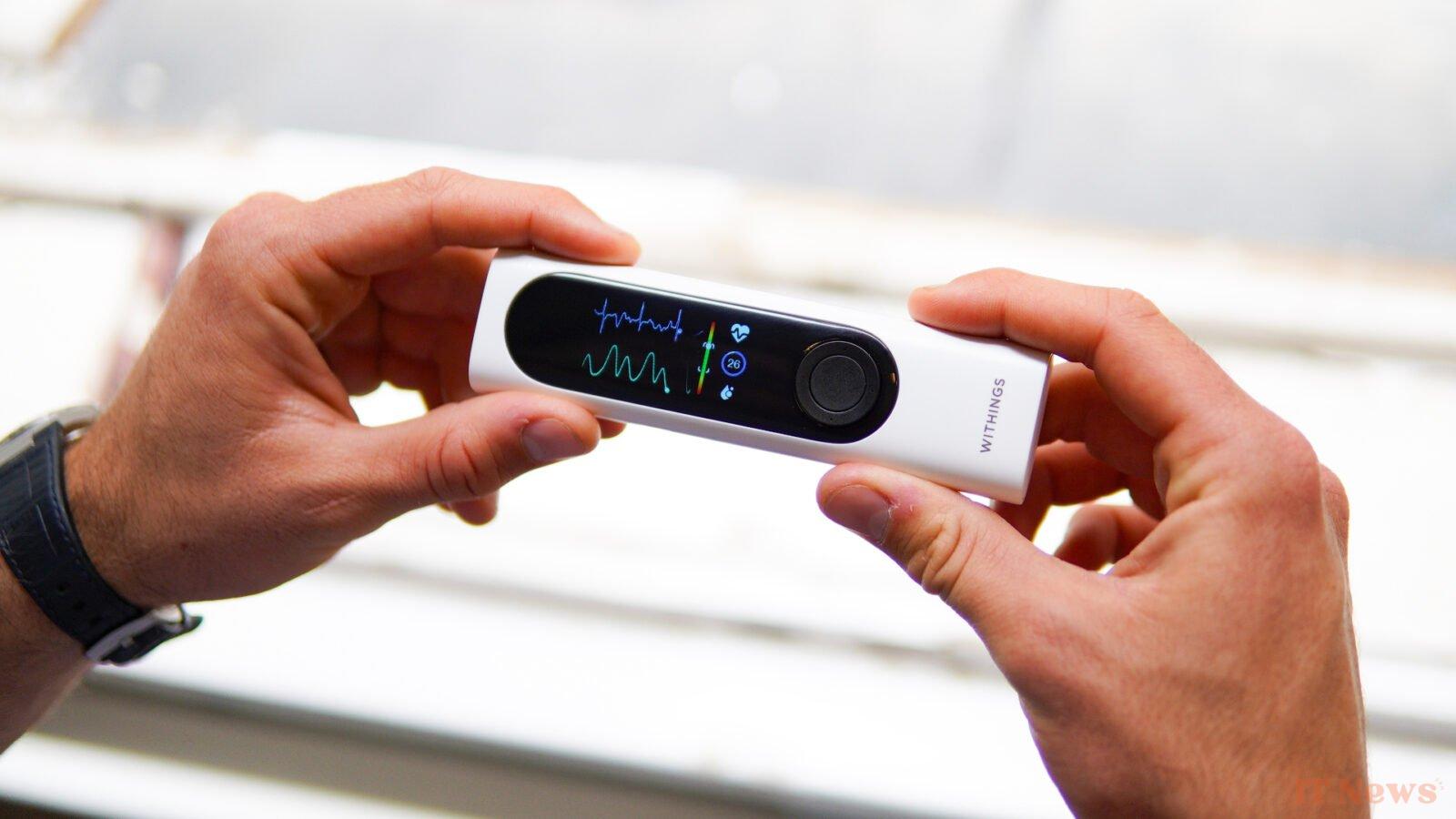
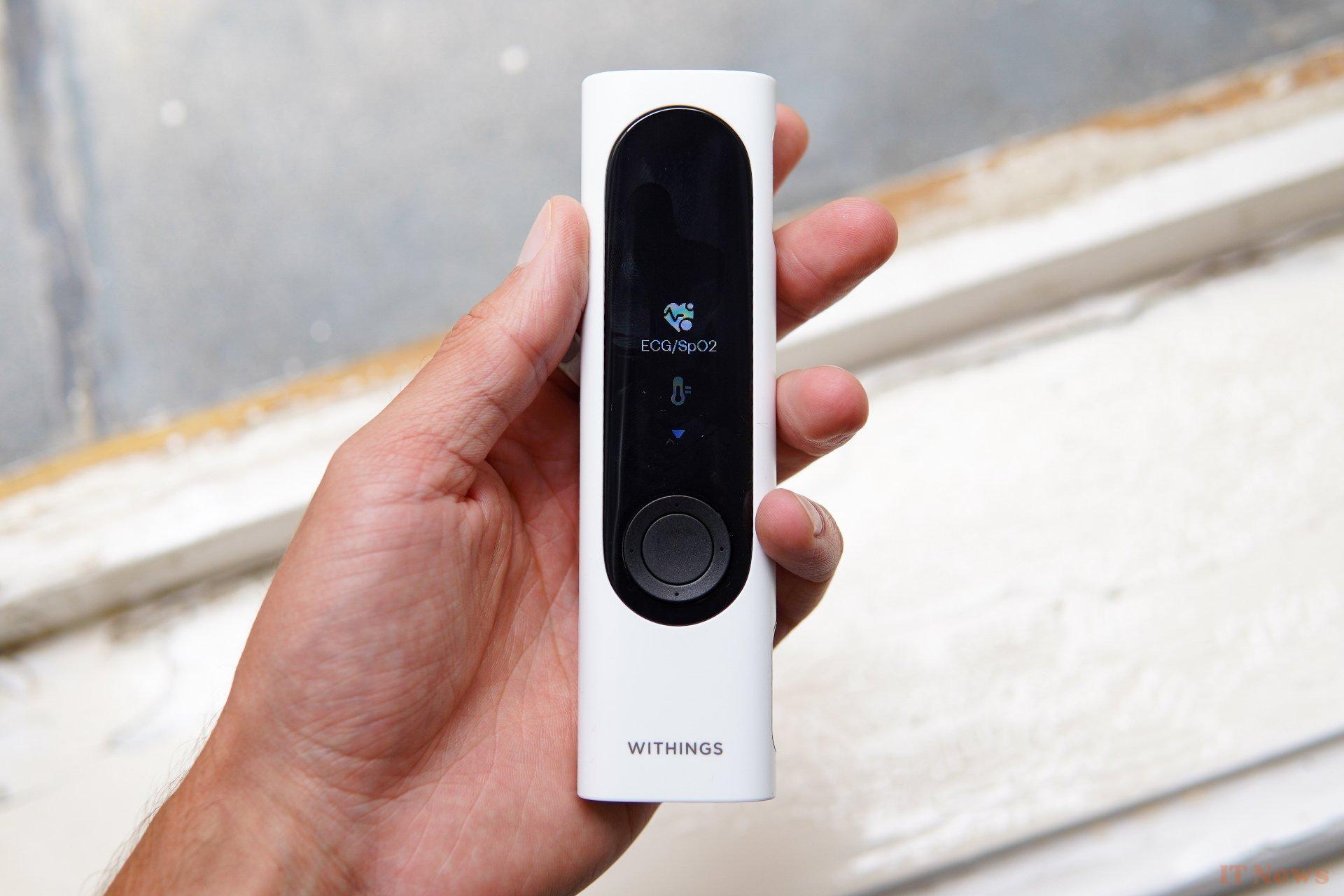
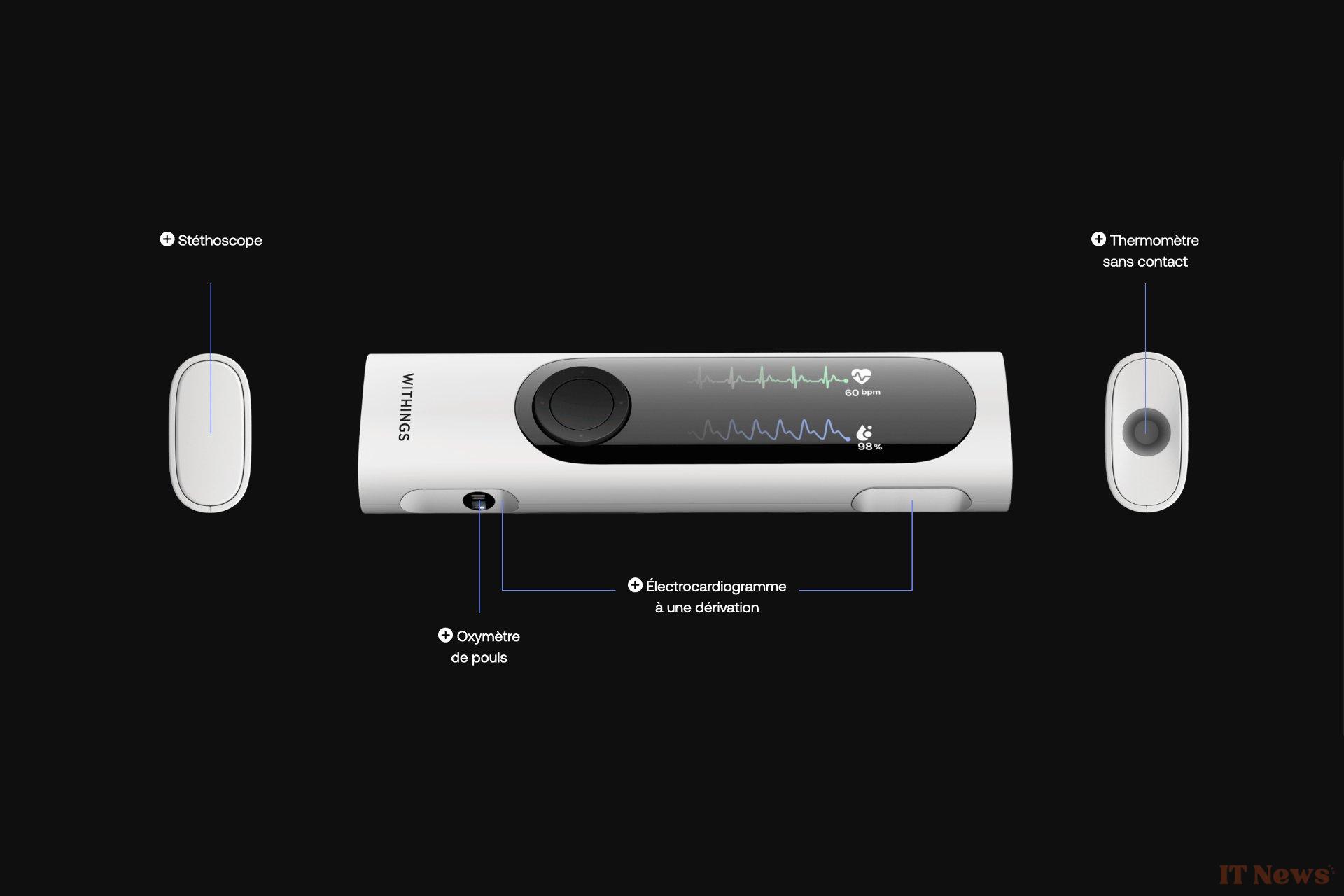
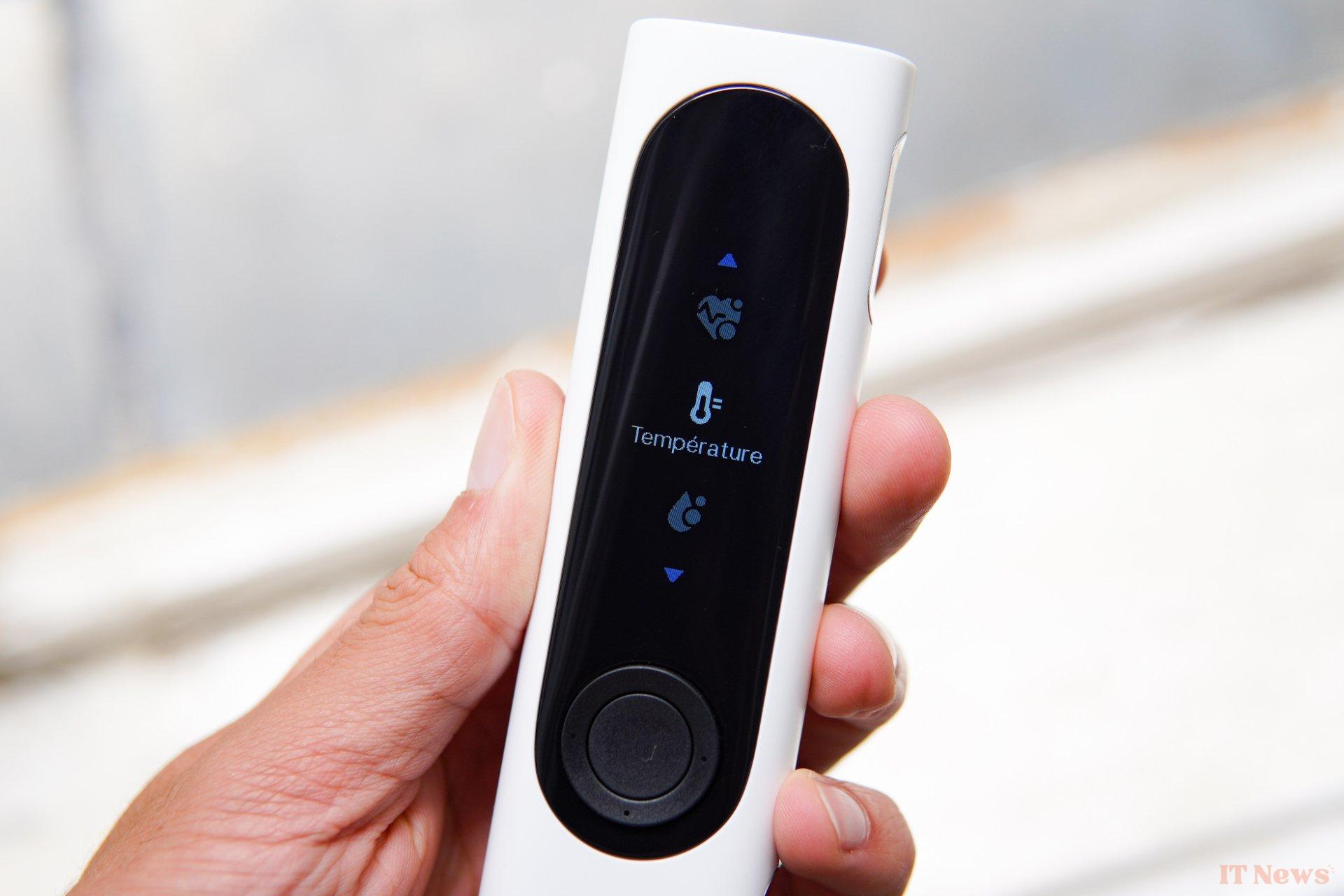
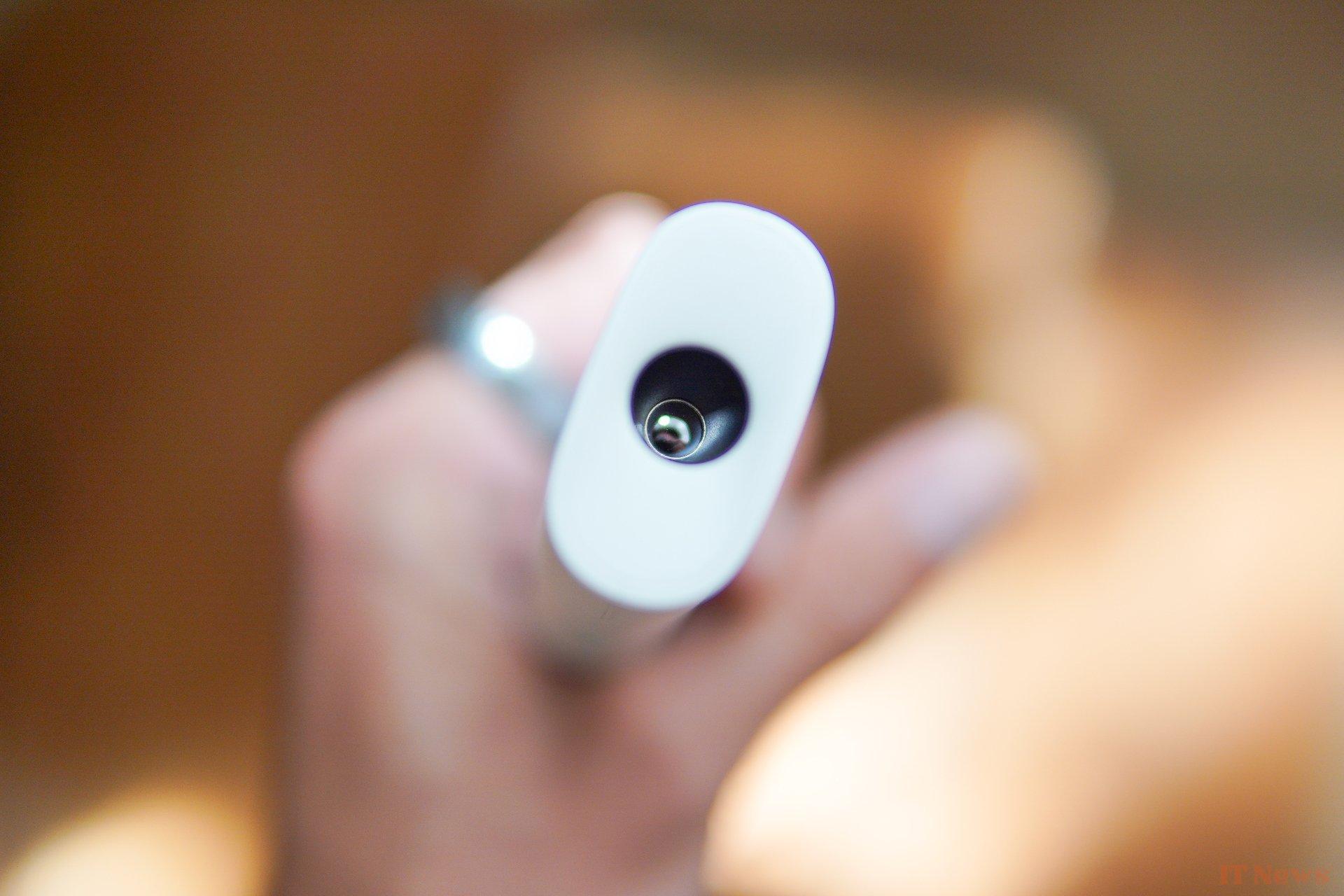

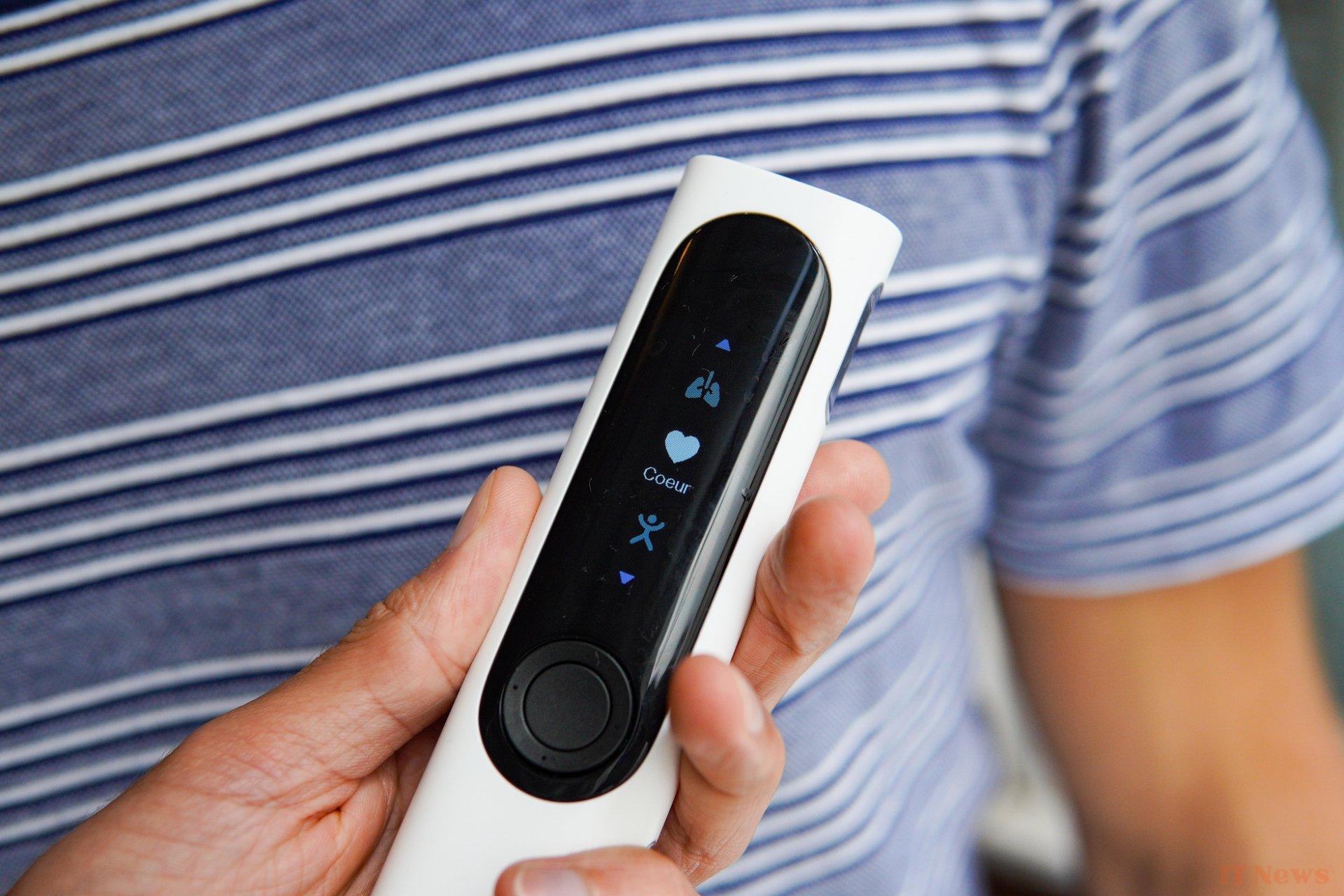
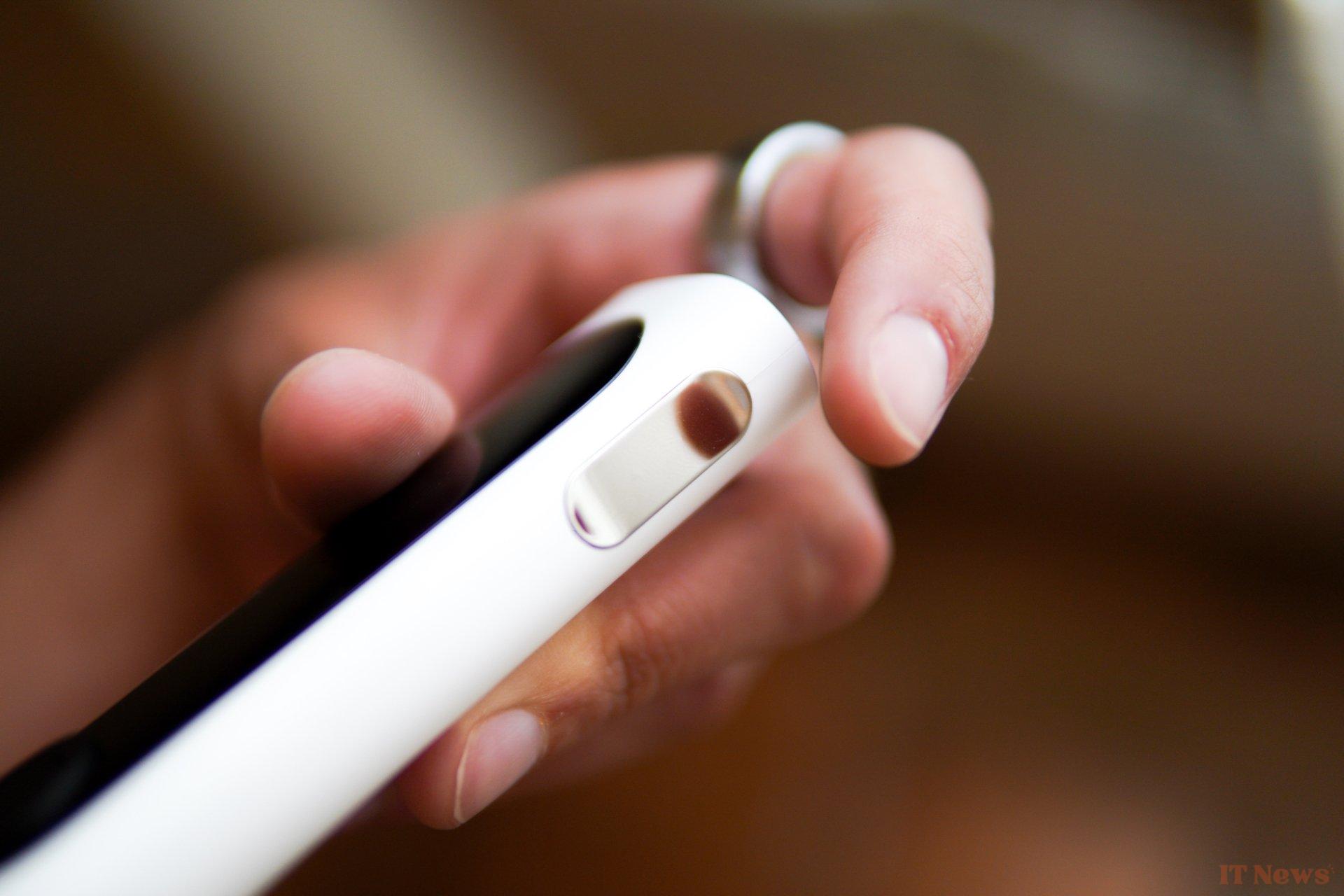
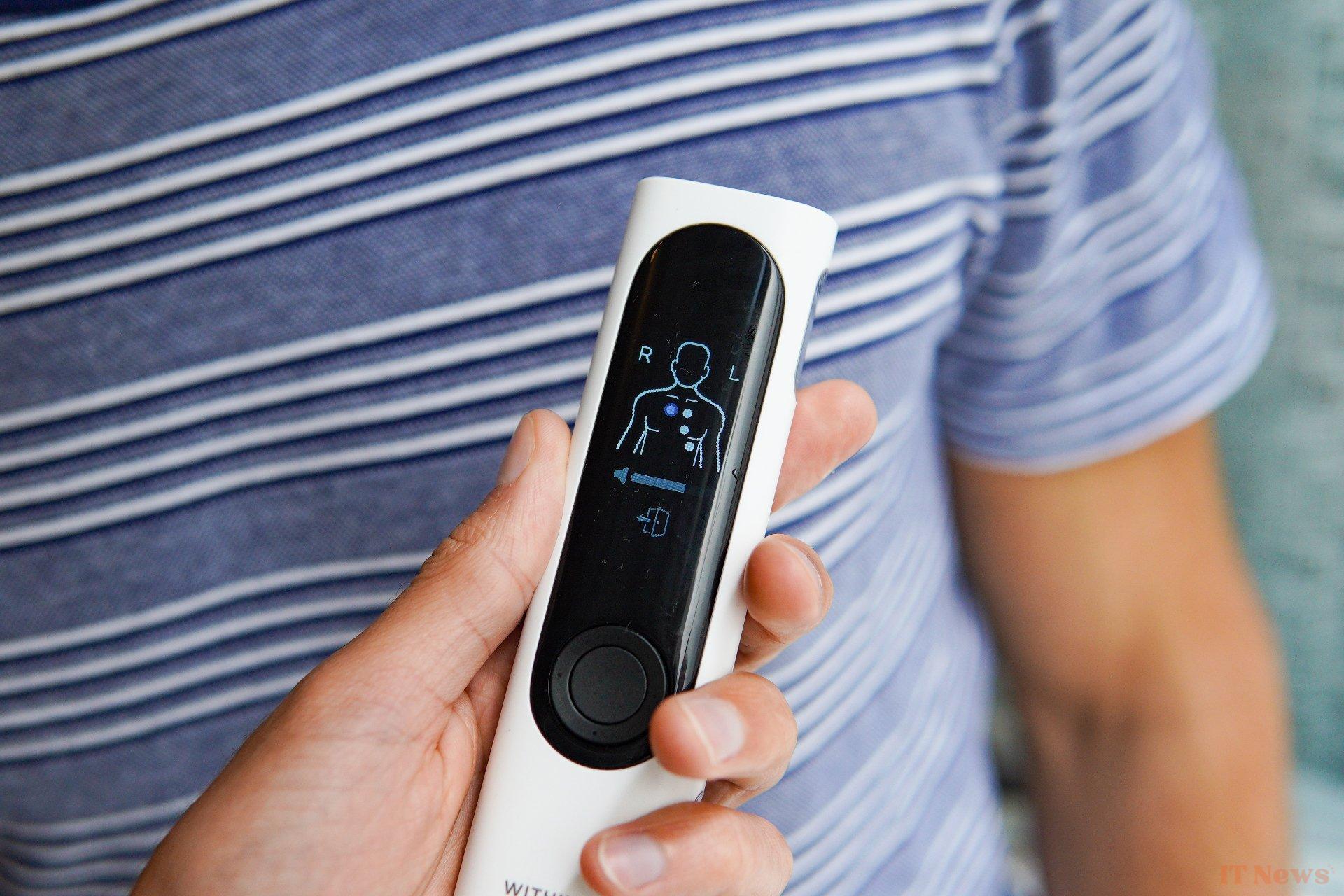
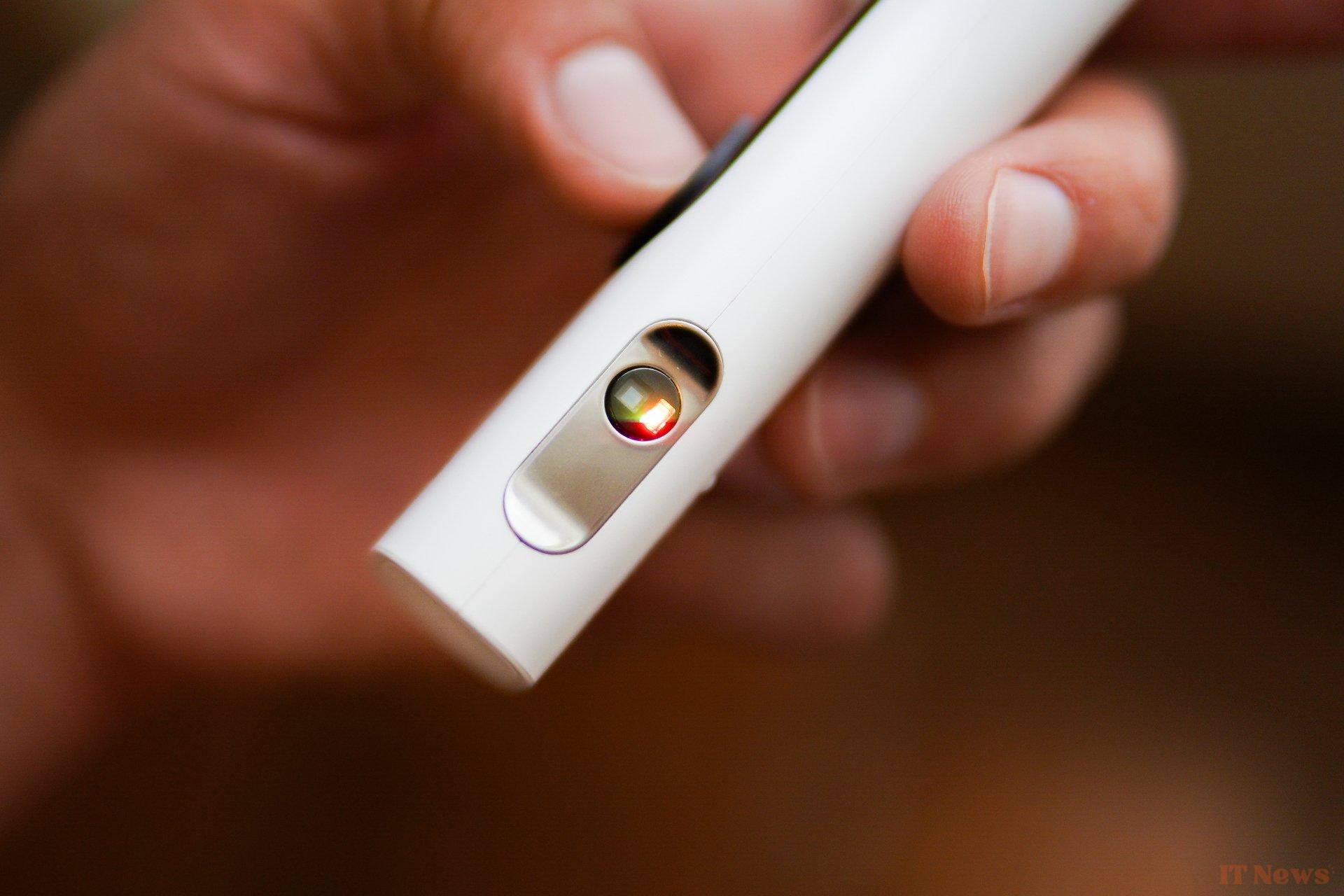
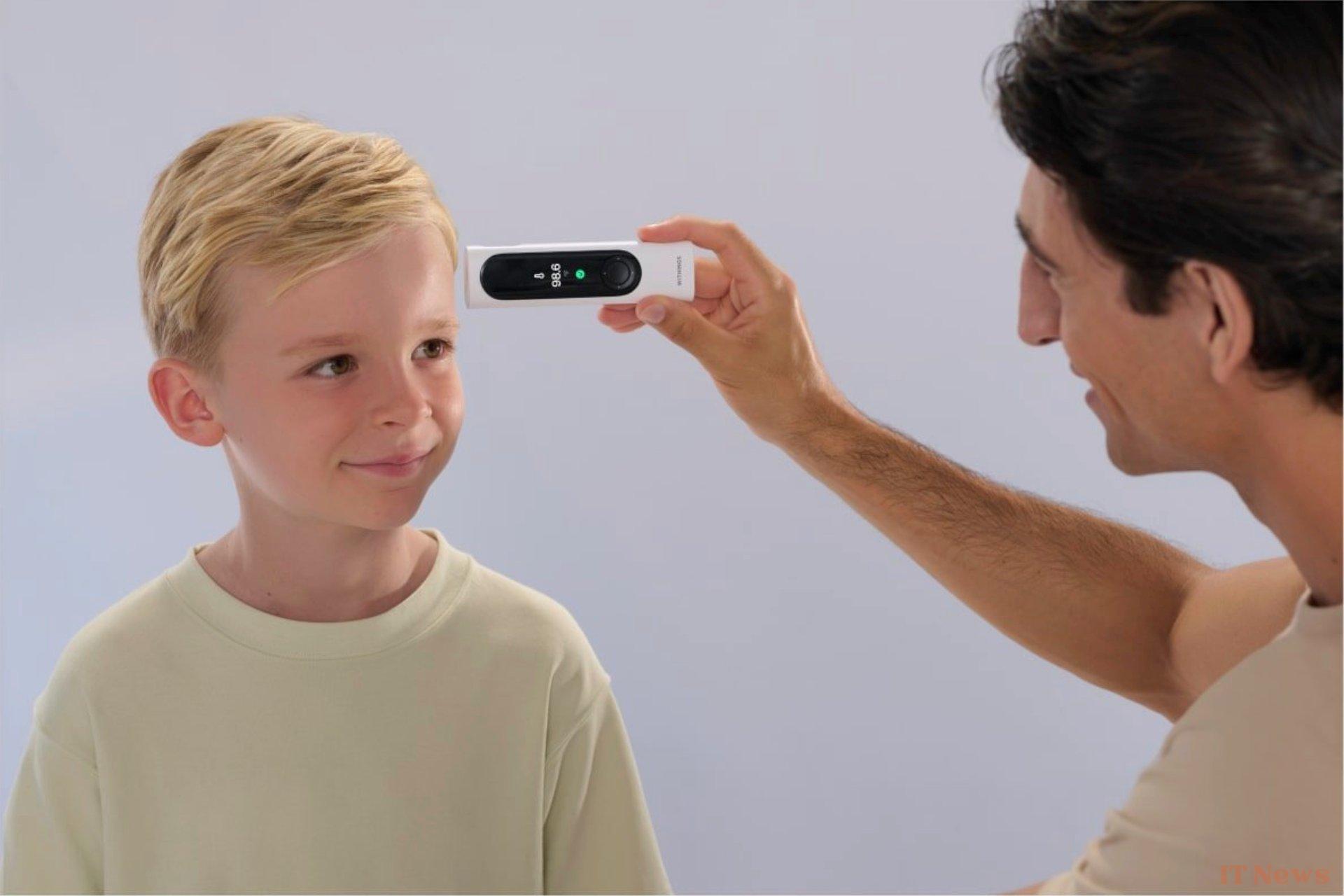
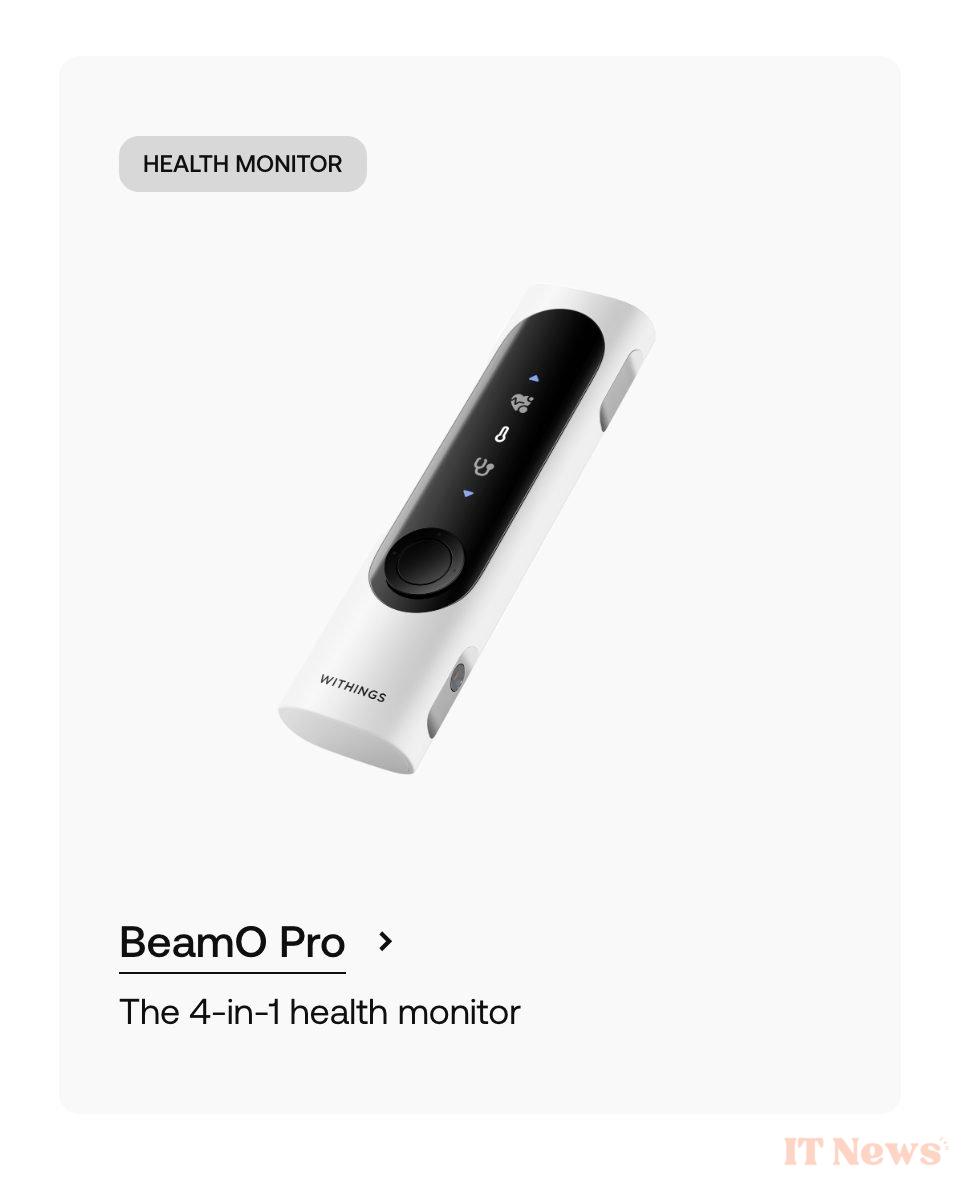
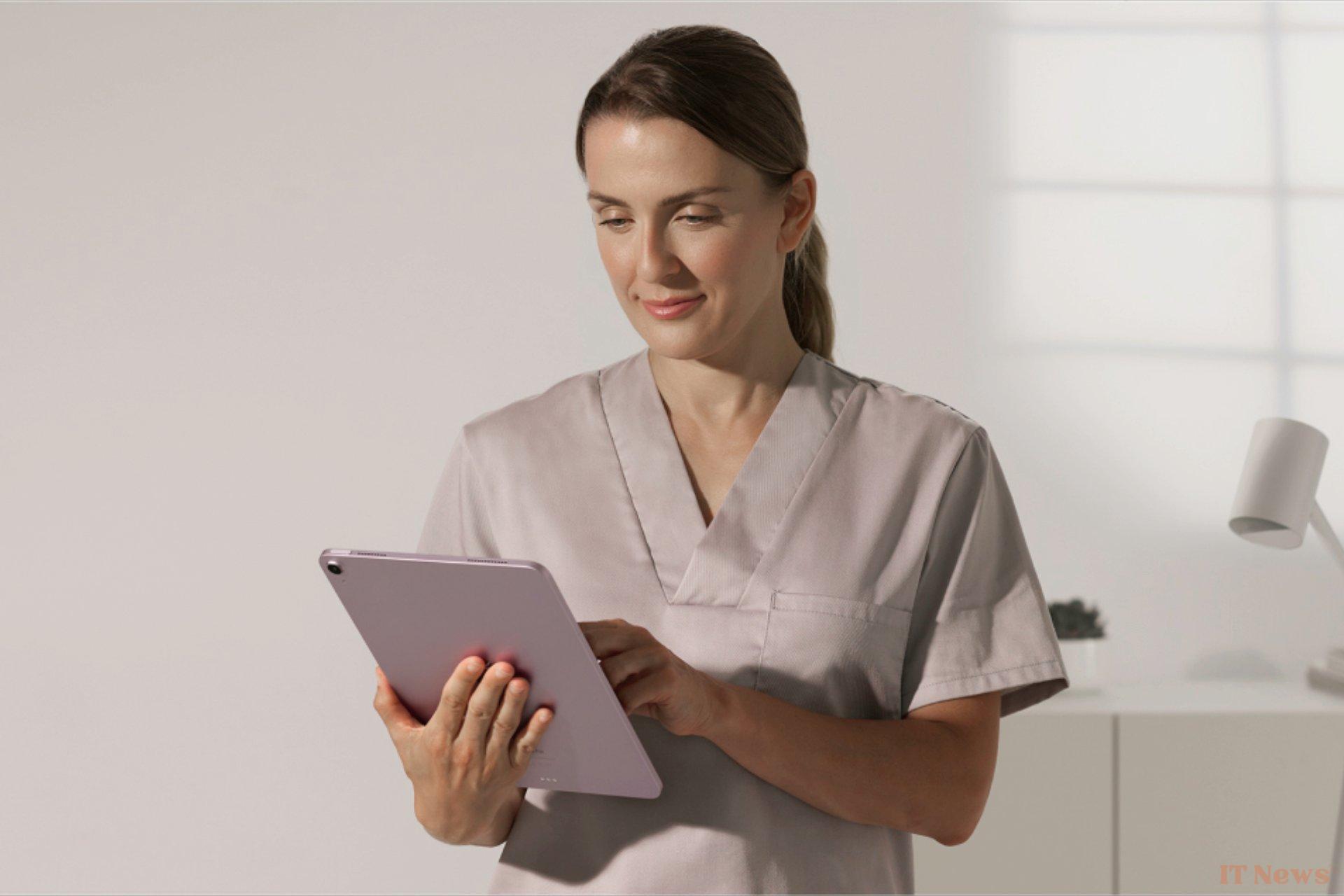
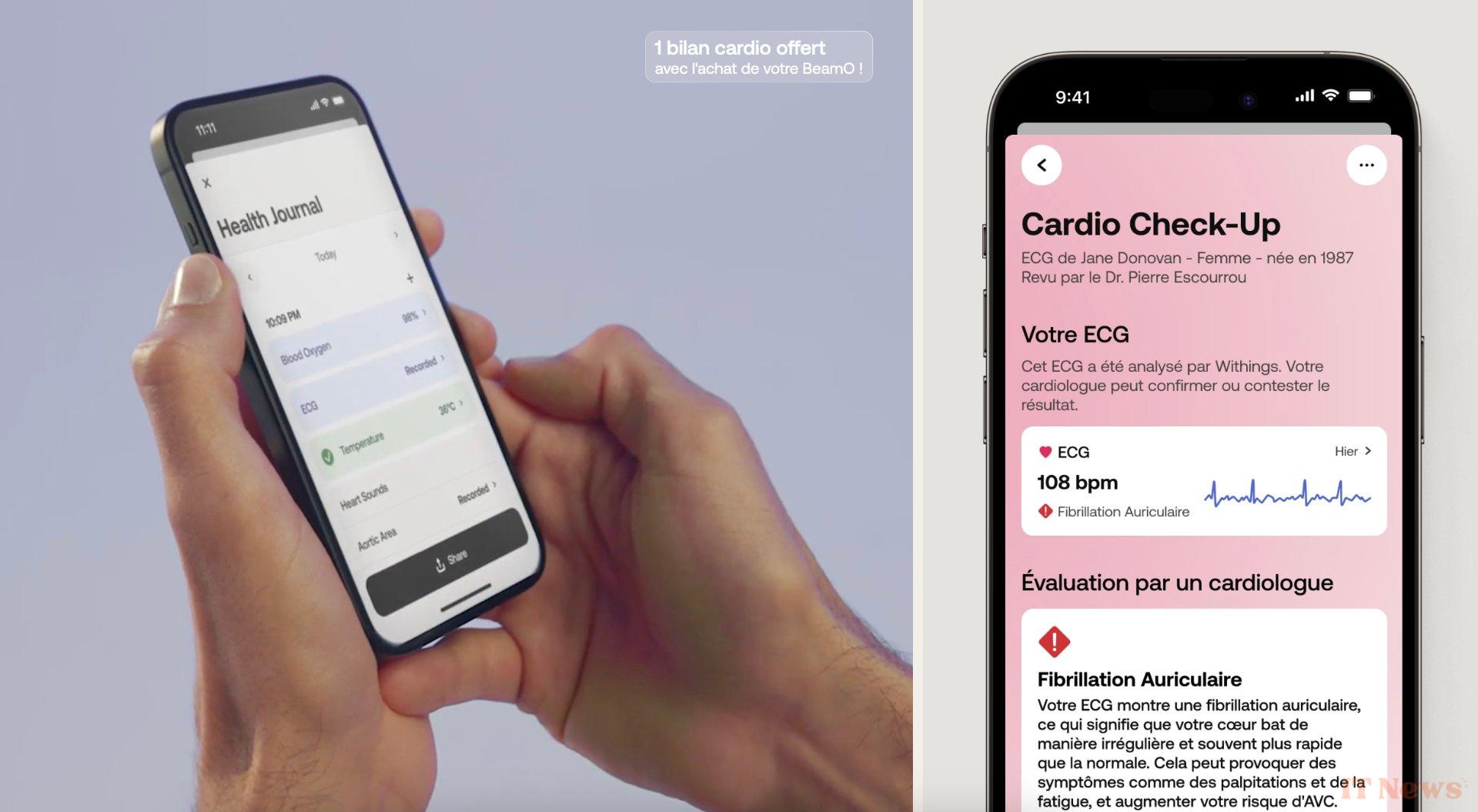
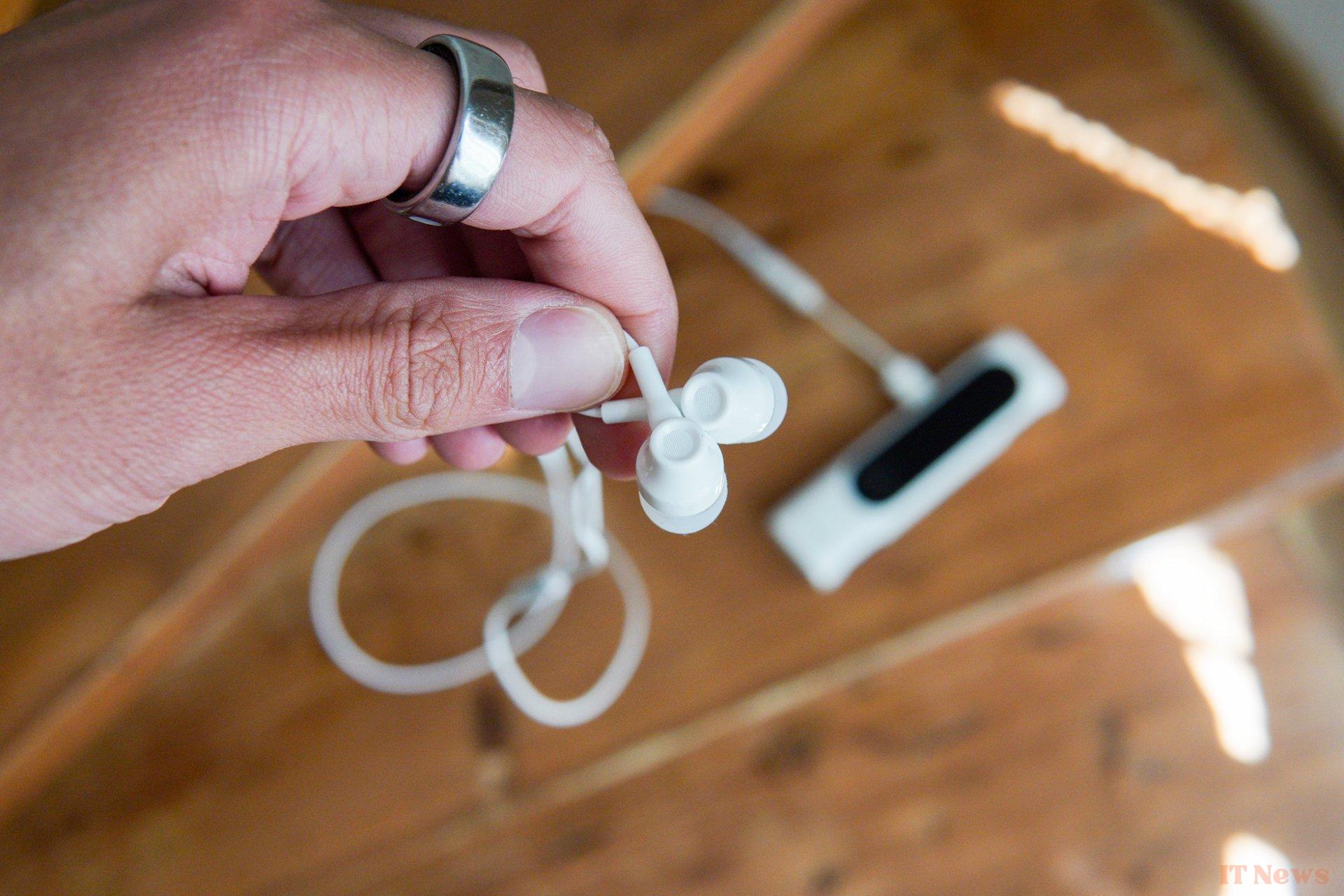
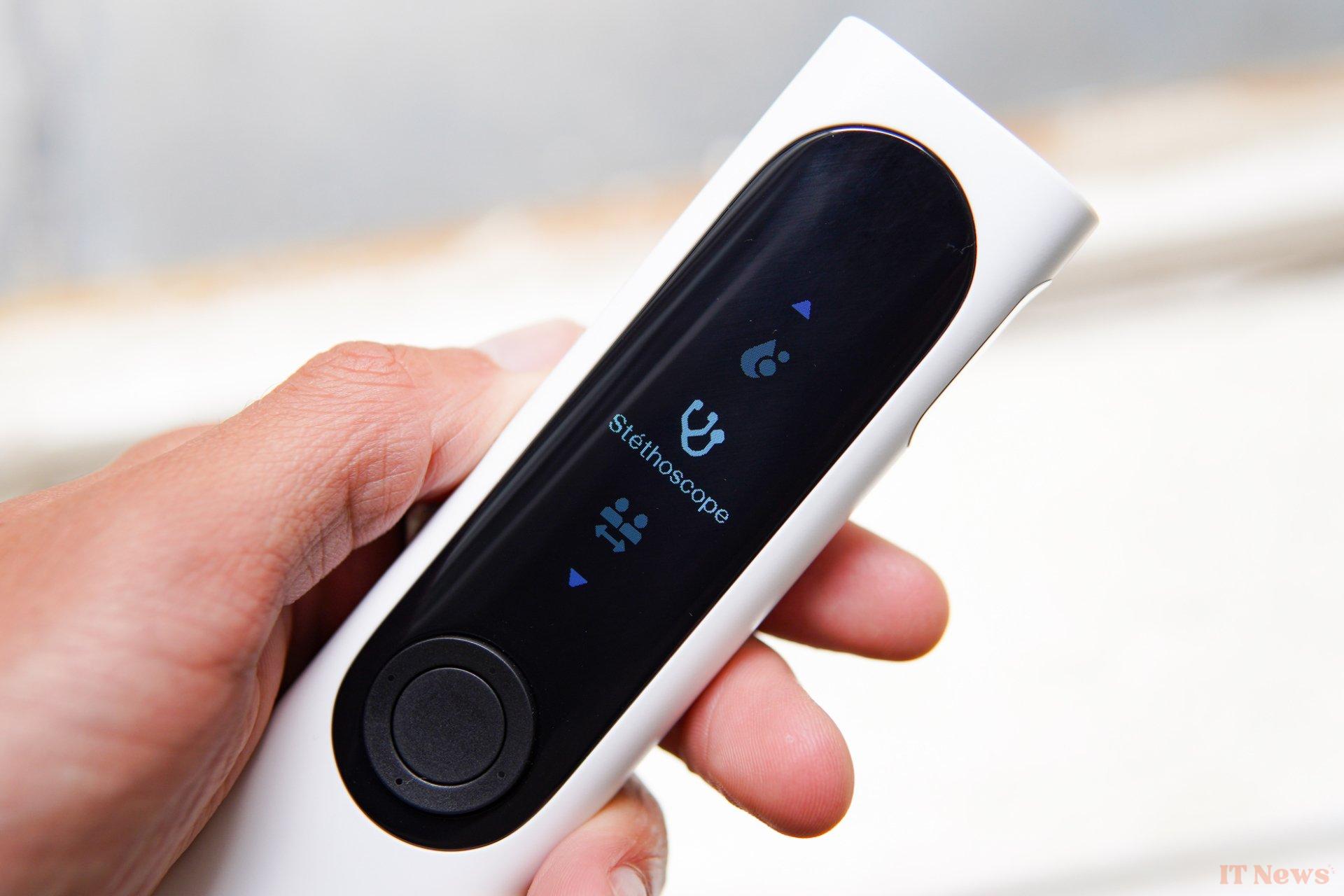

0 Comments